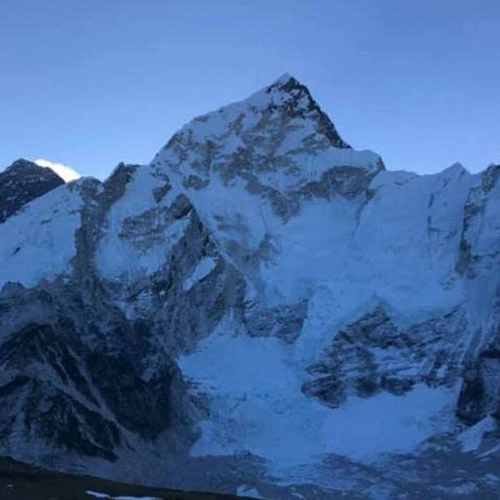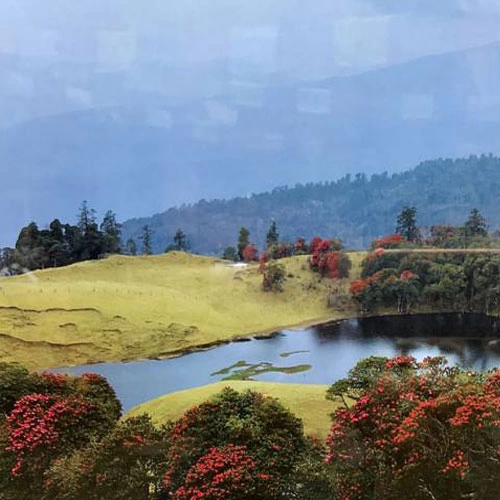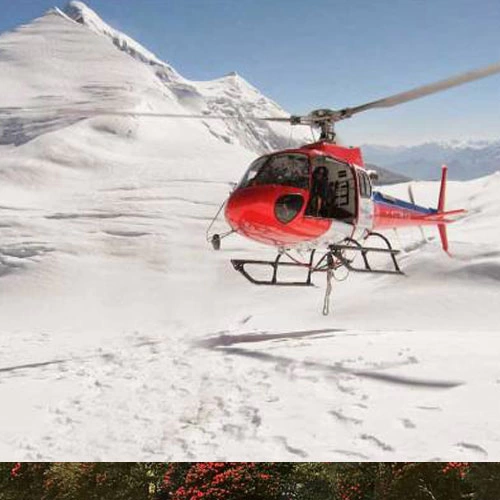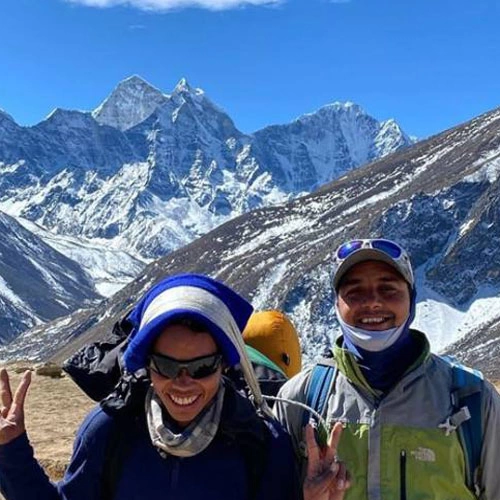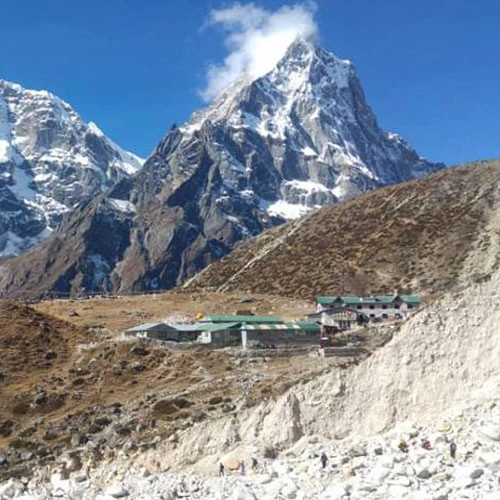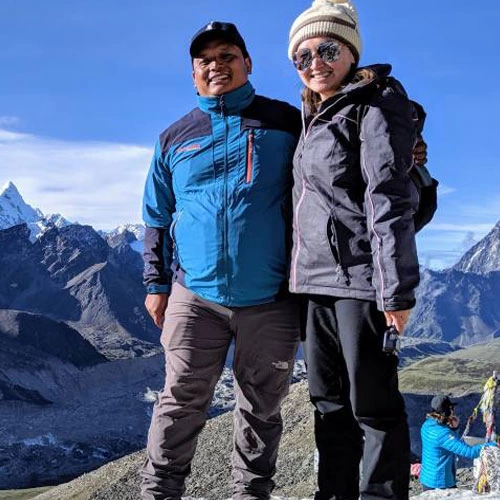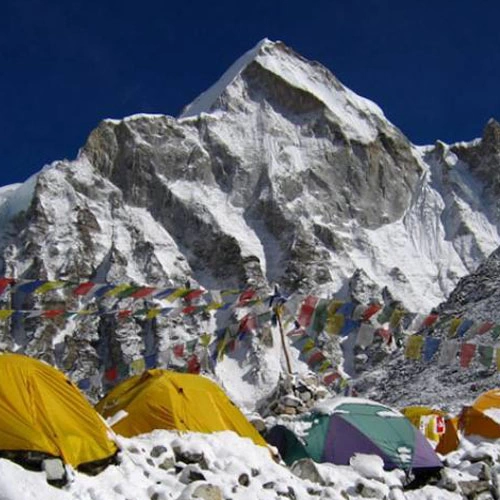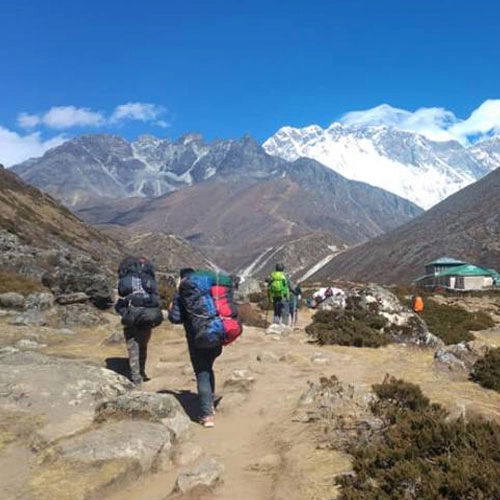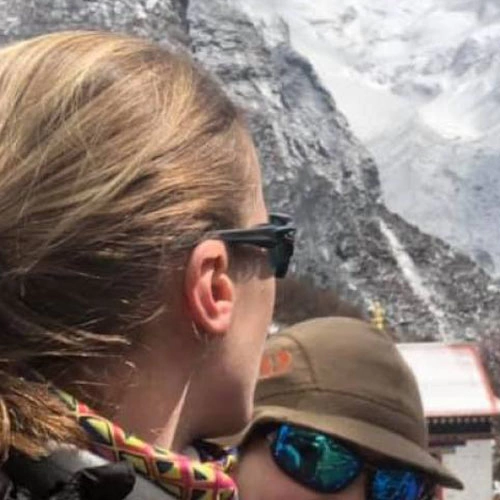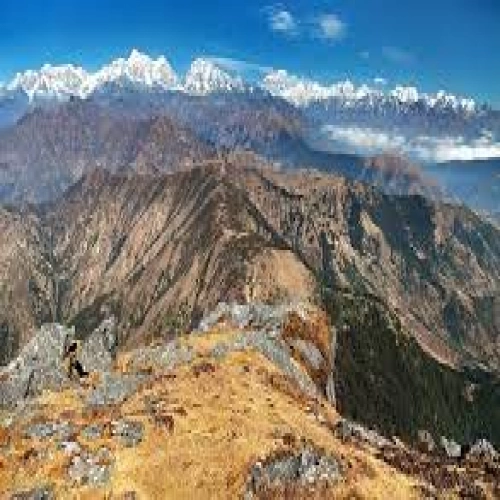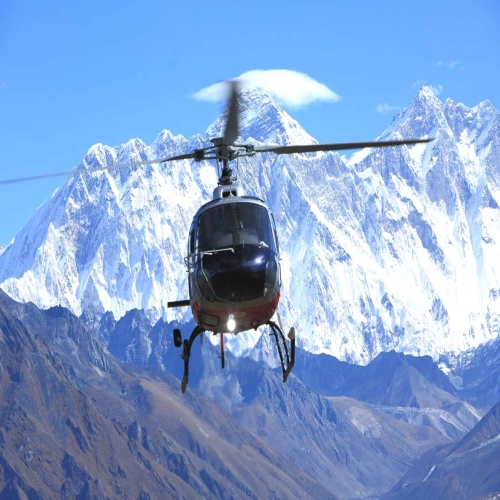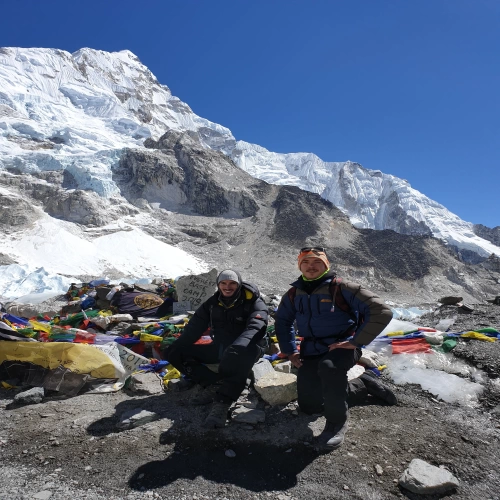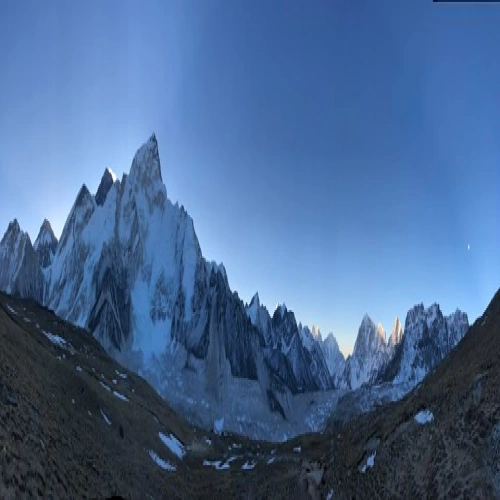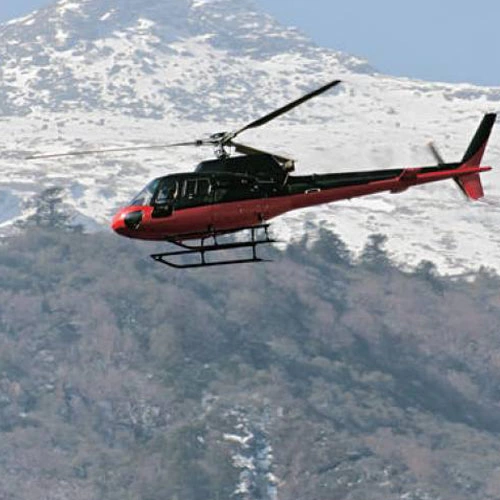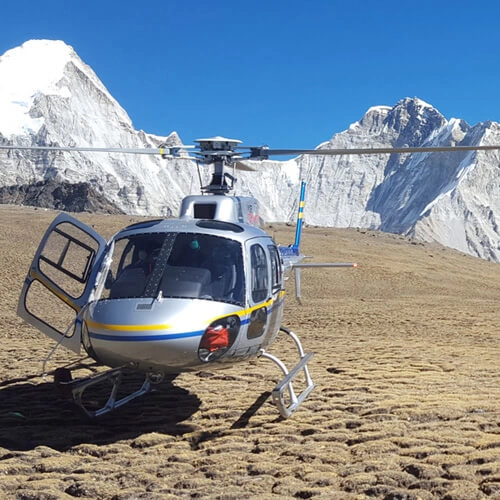Everest Region
The most famous mountain area on earth, and listed by UNESCO as a World Heritage Site since 1979, Everest hardly needs any introduction.The Sagarmatha National Park, as it is known, is situated 120km north-east of Kathmandu and covers an area of 1148 sq km Its landscape is rugged terrain and deep gorges with a range of elevations from 2845m in the south to the majestic 8848 meters of Everest’s summit in the north.The vegetation is alpine at lower levels with a predominance of silver fir, birch and rhododendron; the forest gives way to juniper scrub at around 4500 m.A variety of mammals including the Himalayan black bear, red panda, musk deer and thar are all native to the park.
Most people who visit Nepal aspire to see Everest at least once, whether it be through the easy option of a mountain flight, or simply a glimpse from the rim of the Kathmandu Valley on a clear day.However, for those who prefer to make their encounter with the giant mountain up close and personal, a trek is essential, which is why the Solu Khumbu region is second only to Annapurna in Nepal’s trekking popularity stakes.As well as Everest, Solu Khumbu is renowned as the home of the Sherpas, who originally migrated from Tibet and whose strength and hardiness means that they are still able to eke out an existence from the frozen landscape.Along with the breathtaking peaks, Sherpa villages and ancient monasteries are the major attractions in this world-famous landscape region.
